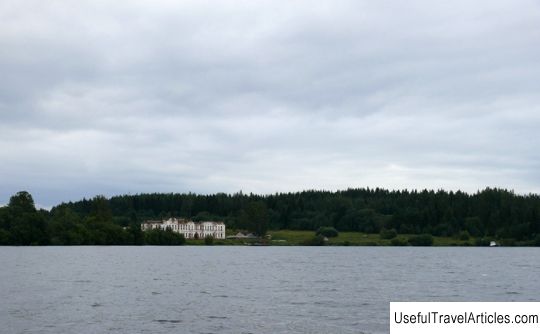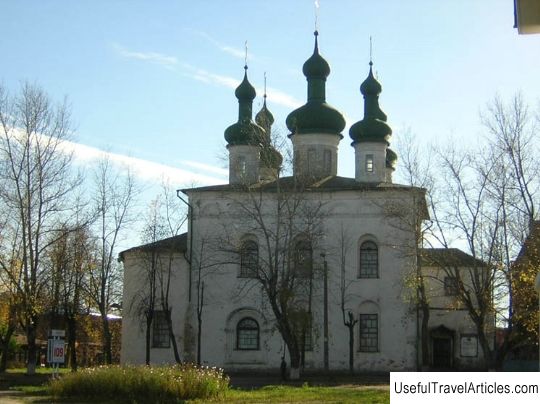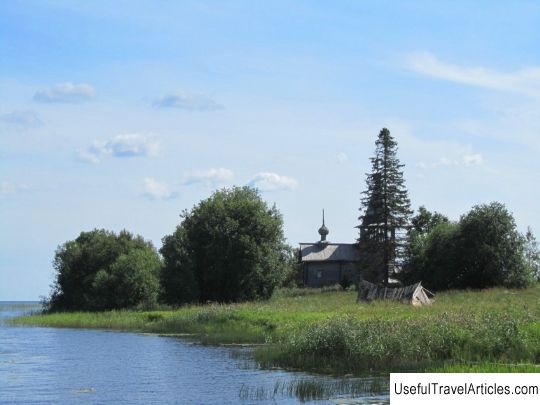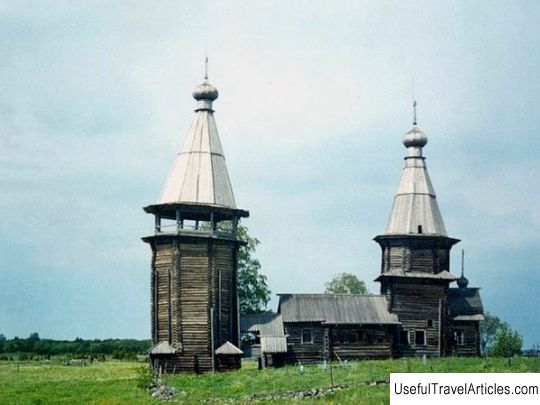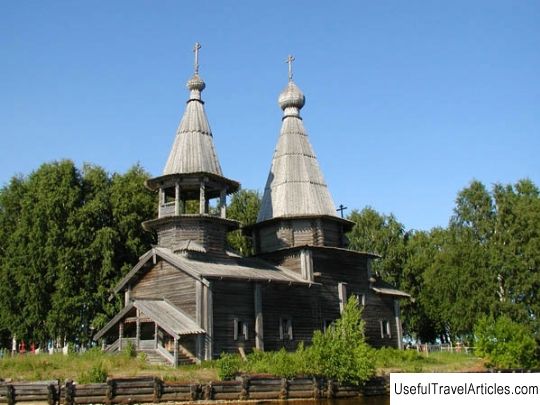Kosmozersky architectural ensemble description and photos - Russia - Karelia: Medvezhyegorsky district
Rating: 8,0/10 (1589 votes) 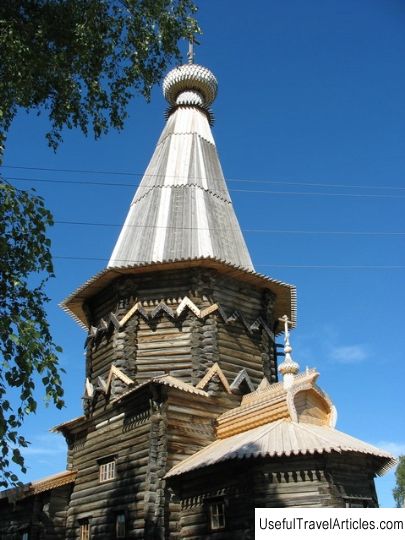
Kosmozersky architectural ensemble description and photos - Russia - Karelia: Medvezhegorsky district. Detailed information about the attraction. Description, photos and a map showing the nearest significant objects. Photo and descriptionOnce in the village of Kosmozero, which consisted of three villages Demidovo, Pogost and Artovo, a beautiful church ensemble was built. In the 18th century, the Kosmozero parish consisted of about 90 courtyards and a little more than 700 souls. The architectural ensemble itself consisted of the Assumption Church, the bell tower and the Church of Alexander Svirsky and was one of the most beautiful in the area. Both churches were built according to the principle of "octagon to quadruple". Since the 17th century, this principle has been widely used in the construction of churches in Russia. Further, following a similar style of construction, the entire church ensemble was covered with tall wooden tents, including a small bell tower built in the 30s of the nineteenth century near the lake. An amazing, majestic picture of three high tents could be observed traveler, suitable for the Cosmoser. The composition of the Onega tee is so amazing that every time you approach it from different sides, you can feel the many-sided architecture of the temples. Before the eyes of the viewer, it sometimes merges into a single fabulous picture with incredible outlines, then it appears separately, clearly demonstrating each structure. The summer church of Alexander Svirsky was erected in 1770 by order of the merchant F. Popov from the city of St. Petersburg. The building of the church was a log building, and the walls were built with shallow falls. On the east side, a five-walled altar was added, which in turn was covered with a five-pitched roof. And on the west side there is a spacious refectory and a porch of the main entrance to the church. The entire western ensemble was covered with a multi-level gable roof of a complex and nailless design. It was possible to enter the church from the southern and northern sides along open areas with steps. The eight of the building consisted of a two-tiered belt, the lower one remained incomplete. The roof of the church tent is made of planed planks, laid in three rows with a beautiful ornament. Finally, a cross covered with a ploughshare was placed on the roof. The decorative decoration of the altar is presented in the form of a red-painted plank, with trimmed truncated ends - peaks, as well as in the form of carved facade boards that adorned the windows of the church. The parish at that time was called Svirsky after the summer church. But due to weather conditions, they served in it from May to September. Not the entire church ensemble has survived to this day. Some of the buildings were irretrievably lost during the 1942 fire. The rest is not only a cultural and historical value, but also an architectural one, belonging to the Prionezhskiy type of tent-roofed temples.       We also recommend reading Monument to Vasily Korchmin description and photo - Russia - St. Petersburg: St. Petersburg Topic: Kosmozersky architectural ensemble description and photos - Russia - Karelia: Medvezhyegorsky district. |
